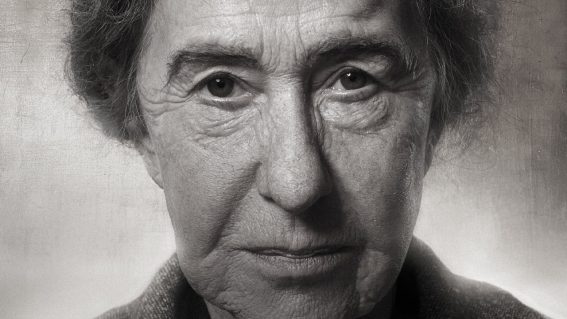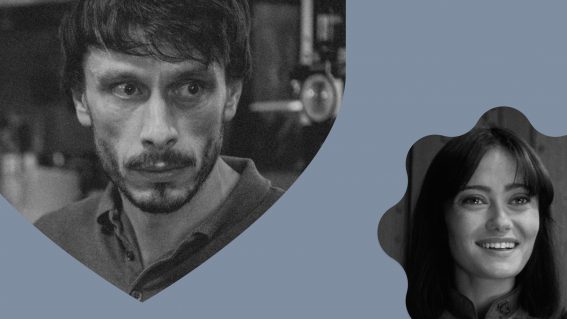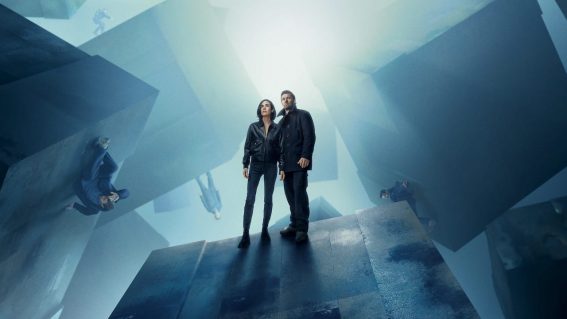Admit it: we all wanna buy into the tourist daydreaming of Emily in Paris
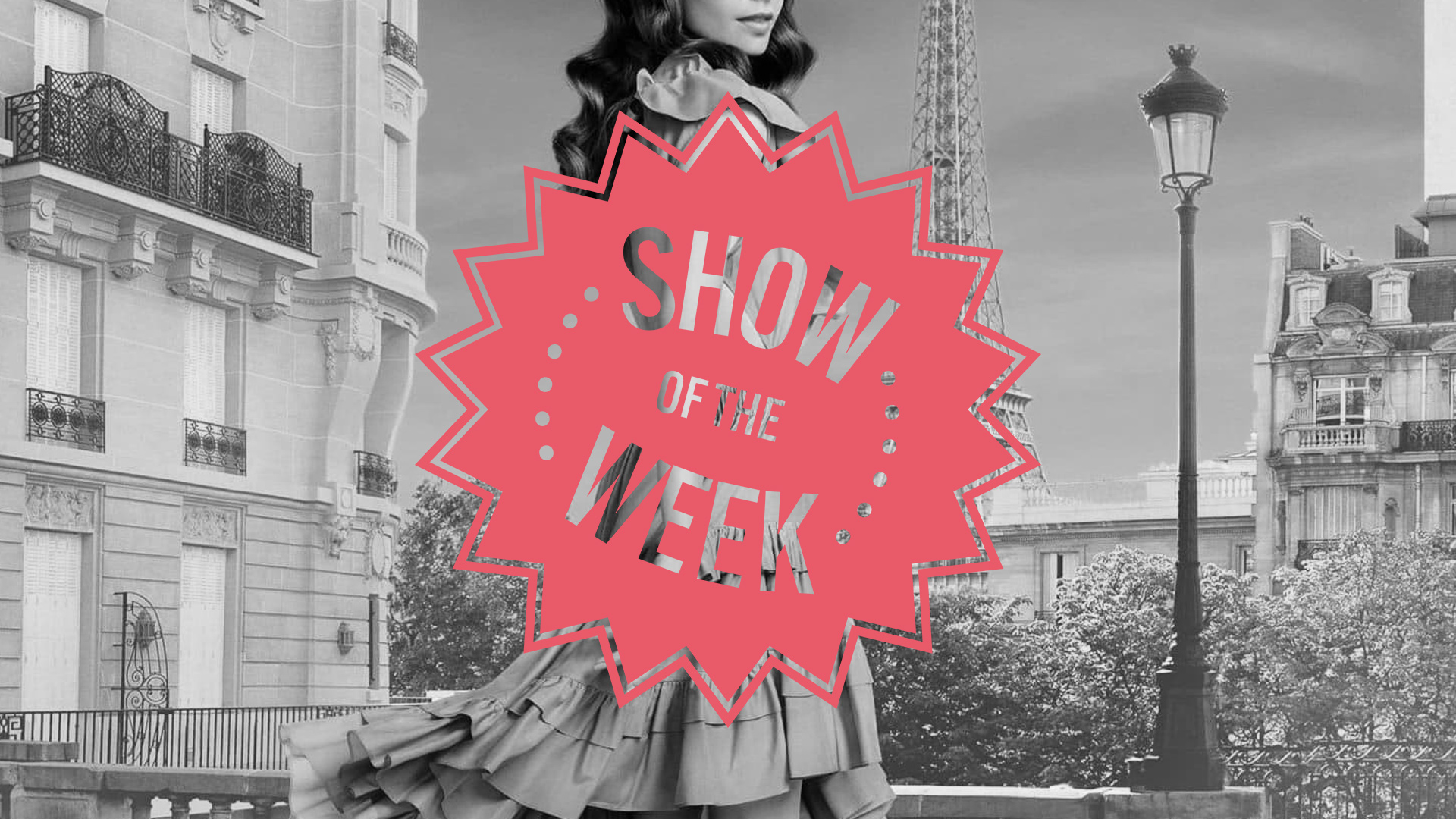
We’re all drowning in content—so it’s time to highlight the best. In her column, published every Friday, critic Clarisse Loughrey recommends a new show to watch. This week: you’re allowed to finally watch Emily in Paris in peace, realism and sensible character decisions be damned.
There’s something so funny to me about the McDonald’s on the Champs-Élysées. I went once wanting chicken nuggets, my staple food, and was immediately faced with its McCafé pile of macarons—reflected and multiplied by a wall of mirrors until the only visual information my eyes could process was pastel towers and the phantom of Marie Antoinette.
Here, at Paris’s epicentre of luxury, is a fast food restaurant that can’t simply be a fast food restaurant. The edges of its Americana have to be sawed down a little before the French can even consider taking a bite out of a Big Mac.
The Champs-Élysées McDonald’s is identical, in vision, to Netflix’s Emily in Paris. Both attempt a harmonious fusion of two cultural stereotypes—American pop vs French finery. The same could be said about Timothée Chalamet. It’s no surprise then, that season three of the series opens with a storyline directly centered on the place.
American ex-pat Emily Cooper (Lily Collins) is launching the McBaguette—which I refuse to believe doesn’t already exist—and is taken there by French chef and longtime love interest Gabriel (Lucas Bravo). “This is so chic. There’s no Grimace. No Hamburgler,” Emily coos. “it’s still McDonald’s, but it’s adapted to the French culture.”
Let’s be honest, the location is mostly for tourists. And Emily in Paris is a show mostly for non-French people who like to imagine what being French is like. It’s been long-maligned as disposable but addictive trash, largely because it’s so easy to recognise the cynicism behind such shallow aspirationalism. But we’re too hard on ourselves. We are human. Emily in Paris is fun. And I’m unashamed to admit that sometimes I like to buy into the fantasy, too—despite being 50% French and 50% American and thus, theoretically, like Chalamet, existing as the living embodiment of this show’s ideal.
But, really, Emily in Paris is about the daydream of limitless opportunity. It’s wildly unbelievable that anyone would be as desperate as the marketing firms are here to employ Emily, when her most radical idea is an AI filter that puts your pet’s face over your own. It also makes no sense that her Instagram would be so popular, when her idea of an on-trend, unique proposal spot is the steps in Montmartre. But wouldn’t it be bliss if life really could be that easy? Even her post-break-up “trauma bangs” look fantastic.
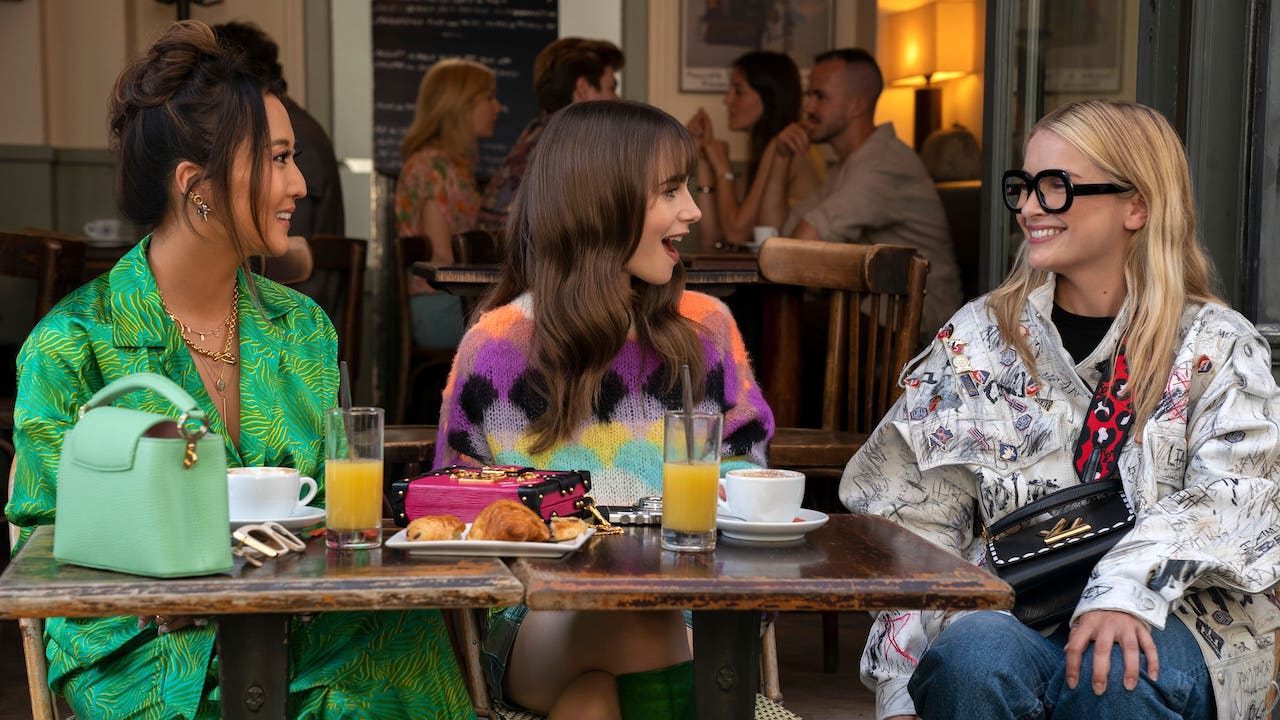
Critics have already lambasted season three for its lack of tension, its series of nothingburger conflicts. It’s true. All the drama of the last finale—in which the entirety of Emily’s company, Savoir, quit in protest—is already neatly rectified by the season’s midpoint. But that’s sort of the point. Emily’s worst problem is that she, at first, finds herself working for both Savoir’s new head, the American Madeline (Kate Walsh), and the rival firm set up by her old boss, Sylvie (Philippine Leroy-Beaulieu).
She’s also stuck choosing between two extremely handsome men: Gabriel and Alfie (Lucien Laviscount), a man so British one of the first sentences out of his mouth is “absolute pleasure, mate”. Just imagine—too much choice! When she wrongs her Brit, she can woo him back with a public performance of Cilla Black’s “Alfie”, which plays exactly like that scene in Girls where Marnie covers “Stronger” but done with absolute sincerity.
It’s always mortifying (so, gloriously mortifying) whenever the show tries to toss in “authentic” references to Jean-Paul Sartre or The Diary of Anaïs Nin. But in its defence, Emily in Paris is gradually acclimatising to the culture. The French characters this season have full, developed storylines. Entire scenes are spoken in their native language. I have a lot of affection for goofy little Luc (Bruno Gouery), who has a meltdown when he can’t attend the premiere performance of The Marriage of Figaro. Gabriel’s girlfriend, Camille (Camille Razat), catches feelings for another woman.
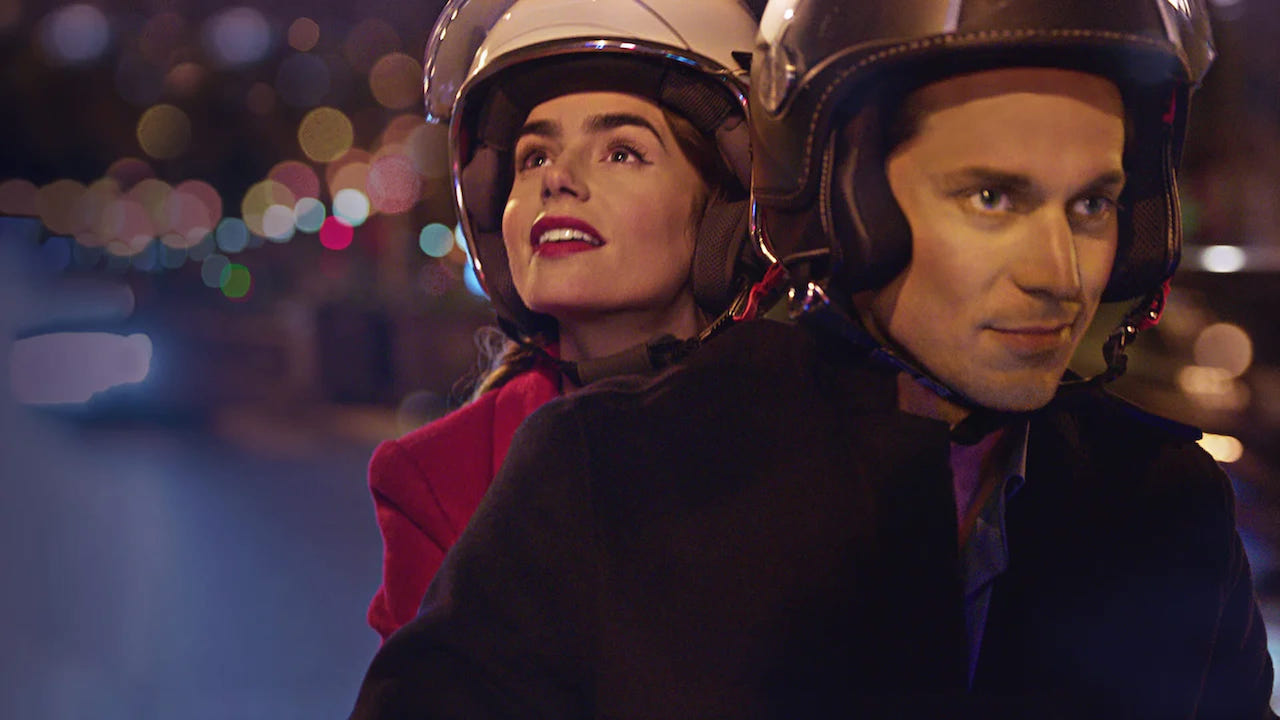
There’s an interesting arc between designer Pierre Cadault (Jean-Christophe Bouvet) and his rival Grégory Elliot Duprée (Jeremy O. Harris), which explores what happens when corporations treat art as product. Emily’s love of incongruous patterns still feels criminal, but it’s almost singlehandedly balanced out by the divine, gold-nippled Schiaparelli dress Sylvie sports in one scene. Emily herself is a lot more competent now, so when she does make a mistake, she acts as if her entire brain just plopped out of one ear—at one point, she sits on a bag stool at a restaurant, having not apparently spotted either the real chair or the place setting in front of it.
But who cares? There will be no shame in watching Emily in Paris in 2023. Let people have their silly, French fancies.





